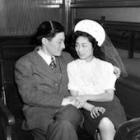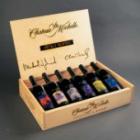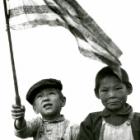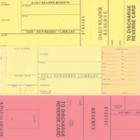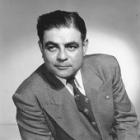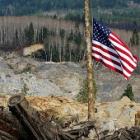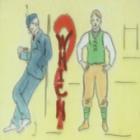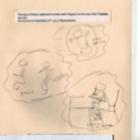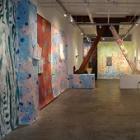
Landscape of Art Exhibition Access & Discovery
In the field of art and art history, an exhibition is not only an event which provides access to a specific selection of objects, but it is itself an important resource that provides additional context for understanding artists and objects, illuminates the current research on a particular topic, and marks our contemporary understanding of art at a particular moment in time. The exhibition-as-resource requires adequate accessibility and discoverability like any other library material, though has not yet received a standardized formatting method that can be applied to all exhibitions. In an effort to shed light on an under-researched area of both the art and library worlds, this project examines the current state of exhibition-focused research and resources through a multitude of perspectives: conversations with researchers and librarians, a case study harnessing the past exhibition information of the artist-run SOIL gallery, and an examination of a few access solutions implemented by museums and libraries.


